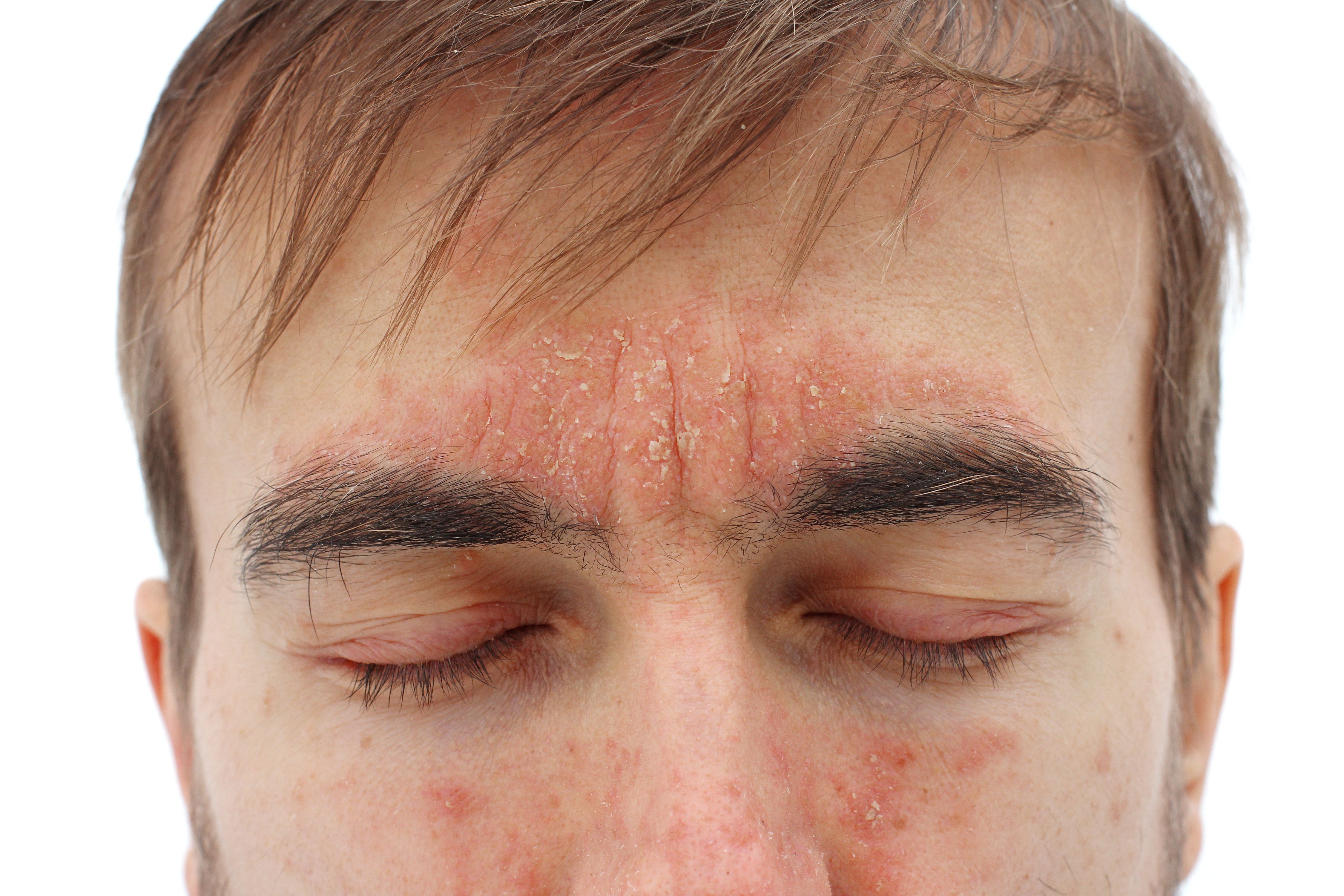- Acne
- Actinic Keratosis
- Aesthetics
- Alopecia
- Atopic Dermatitis
- Buy-and-Bill
- COVID-19
- Case-Based Roundtable
- Chronic Hand Eczema
- Chronic Spontaneous Urticaria
- Drug Watch
- Eczema
- General Dermatology
- Hidradenitis Suppurativa
- Melasma
- NP and PA
- Pediatric Dermatology
- Pigmentary Disorders
- Practice Management
- Precision Medicine and Biologics
- Prurigo Nodularis
- Psoriasis
- Psoriatic Arthritis
- Rare Disease
- Rosacea
- Skin Cancer
- Vitiligo
- Wound Care
News
Article
Atopic Dermatitis Identified as Possible Risk Factor for Headache Disorders, Migraine
Author(s):
Researchers noted that further examination and monitoring for headache disorders in patients with atopic dermatitis may be warranted.
Atopic dermatitis (AD) may be a potential risk factor for headache disorder, according to a study published in Frontiers in Neurology.
The researchers explained that factors including family history, smoking, and alcohol consumption can predict the occurrence of headaches. Several chronic inflammatory conditions, like inflammatory bowel disease, systemic lupus erythematosus, and chronic periodontitis are also considered significant risk factors for headaches.
The researchers explained that the connection between AD and headache disorders is not yet fully understood, but increasing reports on AD in patients with headaches have raised concerns among health care providers.
Because of this, the researchers hypothesized that AD warrants closer examination in patients with headaches. Consequently, they aimed to systemically review the available evidence on the association between AD and the onset of headaches; they also aimed to estimate the strength of this association through meta-analyses.
To do so, the researchers conducted a search for relevant studies published up to December 1, 2023, in the PubMed and Embase databases. From eligible studies, the researchers extracted various data, including the study's location, design, results, and quality. The quality of eligible studies was evaluated using the Newcastle-Ottawa Scale, which comprises 8 items and assigns scores ranging from 0 (indicating a high risk of bias) to 9 (indicating a low risk of bias); studies with a score of 7 or higher were deemed high quality.
After removing duplicates, the researchers retrieved 3088 eligible citations. After reviewing titles and abstracts, they removed 733 articles. Consequently, the researchers conducted a detailed full-text review of 65 articles and ultimately included 10 in their analysis.
The 10 eligible studies were published between 2016 and 2023. The sample sizes ranged from 4898 to 3,607,599, totaling 12,717,747 patients older than 6 years. The researchers classified 6 studies as high quality and 4 as low quality, the average quality score being 6.9.
Across the 10 studies, the researchers reported that the combined OR for headache disorder risk in patients with AD was 1.46 (95% CI, 1.36-1.56), suggesting an increased risk in this population. Similarly, when the researchers limited their analysis to studies adjusting for at least 10 variables, they observed a significant positive association between headache disorder and AD risk (OR, 1.34; 95% CI, 1.22-1.45; P < .001; I2, 99.1%).
More specifically, 4 studies that assessed the impact of AD severity on headache disorder risk found a higher risk among those with mild (OR, 1.26; 95% CI, 1.18-1.34; P < .001; I2, 95.4%) or moderate to severe (OR, 1.23; 95% CI, 1.15-1.32; P < .001; I2, 94.7%) AD. In terms of study location, significant associations between headache disorder risk and patients with AD were observed in studies from North America (OR, 1.53; 95% CI, 1.18-1.99; P = .001; I2, 99%), Asia (OR, 1.39; 95% CI, 1.27-1.53; P < .001; I2, 92.2%), and Europe (OR, 1.4; 95% CI, 1.28-1.52; P < .001; I2, 97.1%).
Additionally, 6 studies with a total of 11,090,412 patients contributed data for the analysis of migraine risk for those with AD. The researchers found the overall OR to be 1.32 (95% CI, 1.18-1.47), indicating a significantly increased risk of migraine in patients with AD. Similarly, when they limited their analysis to studies adjusting for at least 10 variables, a significant positive association between migraine and AD risk was observed (OR, 1.29; 95% CI, 1.12-1.47; P < .001; I2, 99.2%).
In terms of study location, the researchers found significant associations between patients with AD and migraine risk in studies from Asia (OR, 1.38; 95% CI, 1.23-1.55; P < .001; I2, 95.5%) and Europe (OR, 1.09; 95% CI, 1.01-1.19; P < .001; I2, 96%). Conversely, studies from North America did not show an increased risk (OR, 1.47; 95% CI, 0.91-2.4; P = .12; I2, 99.6%).
The researchers acknowledged their study’s limitations, one being the potential influence of unknown confounders as the pathogenesis of the headache disorder is complex and related to many factors. Also, they noted that the limited number of eligible high-quality studies may affect the precision of their findings. Despite these limitations, the researchers made future treatment and research suggestions.
“Clinicians should be mindful of the increased incidence of headache disorder in patients with AD,” the authors concluded. “To examine these findings further and gain a more comprehensive understanding, future prospective cohort studies with more comprehensive data collection and consideration of potential confounders are necessary to provide additional evidence on the detailed association.”
Reference
Yang W, Dai H, Xu XF, Jiang HY, Ding JY. Association of atopic dermatitis and headache disorder: a systematic review and meta-analyses. Front Neurol. 2024;15:1383832. doi:10.3389/fneur.2024.1383832
[This article was originally published by our sister publication, American Journal of Managed Care.]
Newsletter
Like what you’re reading? Subscribe to Dermatology Times for weekly updates on therapies, innovations, and real-world practice tips.












